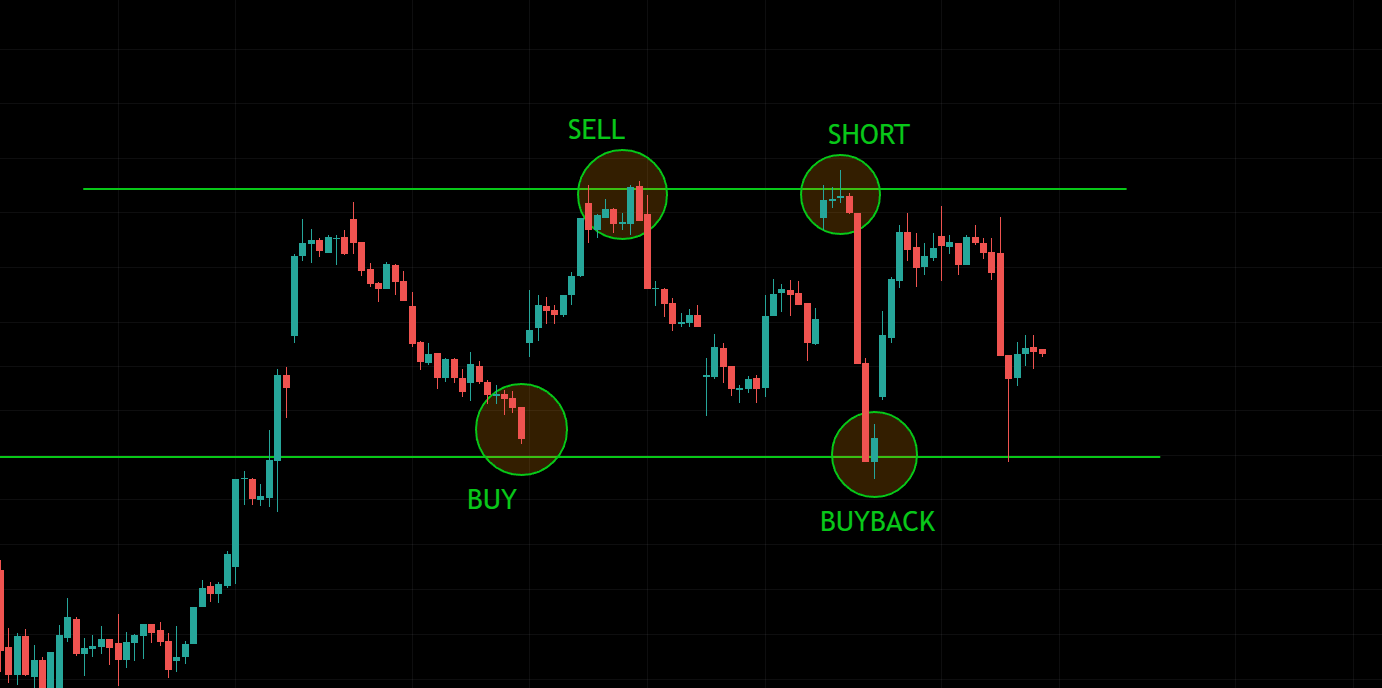Forex trading, also known as foreign exchange trading or FX trading, offers various strategies for traders to profit from the movements of currency pairs. One such strategy is short selling, a technique that allows traders to capitalize on the decline of a currency’s value relative to another. In this article, we’ll delve into the concept of short selling in forex trading, its mechanics, risks, and considerations for traders.
What is Short Selling in Forex Trading?
Short selling is when you borrow something you don’t own to sell it in the market, hoping its price drops. Then, you aim to buy it back cheaper and return it to the owner.

Imagine you’re looking at the price of an asset. If you believe the price will go up, you simply buy it. Later, when the price rises, you sell it for a profit. Easy, right? But what if you think the price will drop? How can you sell something you don’t own? Well, you can borrow it from someone else. This is called shorting. You borrow the asset, sell it in the market, and wait for the price to drop as you expected. When it does, you buy it back at a lower price, return it to the owner, and keep the profit in between.
And this is how shorting works, you typically borrow assets from your broker. Then, you can make trades and speculate whether something will go up or down in value, even if you don’t actually own it because you’re borrowing it from your broker. And you can profit from these trades.
Shorting is not just for forex. It is also involved in stocks, crypto, and many other financial markets.
Example:
Imagine you believe the British Pound (GBP) will weaken against the US Dollar (USD) due to an upcoming economic slowdown in the UK. You decide to short sell GBP/USD.
- You sell 10,000 GBP at the current exchange rate of $1.25 per GBP, receiving $12,500 USD (selling price).
- Later, if your prediction is accurate, and the exchange rate falls to $1.20 per GBP, you can buy back 10,000 GBP for only $12,000 USD (buying price).
Your profit in this scenario would be $500 USD ($12,500 selling price – $12,000 buying price).
Key Points to Remember When Shorting
Unlimited Potential Loss: Unlike buying a currency where your loss is limited to your investment, short selling exposes you to potentially unlimited losses. If the base currency strengthens against the quote currency, your losses can keep mounting as the price goes up.
Margin Requirements: Forex brokers typically require a margin deposit to open a short position. This is a percentage of the total trade value you must have in your account to act as collateral.
Interest Charges: Since you’re borrowing the base currency from the broker, you may incur interest charges on the borrowed amount for the duration of your short position.
hedging strategy: Short selling can also be used as a hedging strategy to protect your portfolio from potential losses in long positions on other assets that are correlated with the weakening currency.
Central Bank Interventions: Central banks and governments occasionally intervene in the forex market to stabilize their currencies or achieve specific economic objectives. These interventions can lead to sudden and unpredictable movements in exchange rates, posing risks to short sellers.
Risk Management: Effective risk management is essential when short selling in forex trading. Traders should set stop-loss orders to limit potential losses and avoid overleveraging their positions.
Conclusion
Short selling in forex trading can be a lucrative strategy for traders seeking to profit from depreciating currency values. However, it carries inherent risks and requires careful consideration of market dynamics, risk management principles, and regulatory requirements. Traders should conduct thorough research, utilize effective trading strategies, and exercise discipline to navigate the complexities of short selling in the forex market.
Trading often simplifies to clicking “buy” or “sell,” where if both end up in stop loss, you lose money. Though it’s a straightforward concept within trading, when you click “sell,” you’re essentially engaging in the process described earlier, whether you’re aware of it or not.




